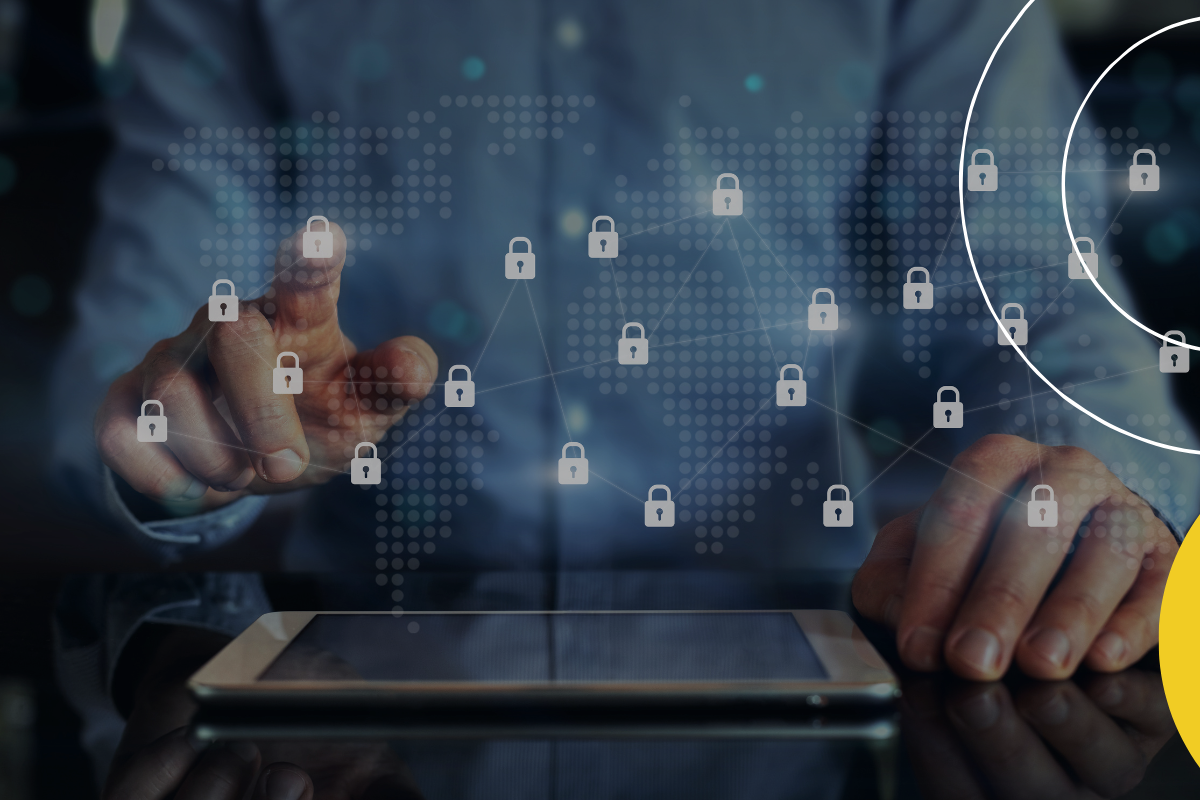Extracting the Best Value From Your SIEM Tools
Security Information and Events Management (SIEM) tools manage, correlate, and analyze thousands of data and security events. In an environment of increasing vulnerabilities, it is critical to manage the security ecosystem using SIEM, collaborating to avoid intrusion episodes and irregular activities that put the company at risk.

Security Information and Events Management (SIEM) tools manage, correlate, and analyze thousands of data and security events. In an environment of increasing vulnerabilities, it is critical to manage the security ecosystem using SIEM, collaborating to avoid intrusion episodes, and irregular activities that put the company at risk.
But data is not always insightful. For SIEM tools to deliver real intelligence, it is essential to create rules that identify the value of the data, cross-referencing events for validation to reduce false positives. This takes work, which requires preparation and specialization. Therefore, in many cases, it is taken as complex security monitoring.
In fact, it is. You can collect hundreds of data points, but how do you define the vluaes that qualify as suspicious actiity or an actual security incident? The first step in addressing these challenges is to understant what your business needs are and how a SIEM tool can support those needs.
What Do You Need a SIEM for?
In general terms, SIEM tools rely on statistical rules and correlations to establish alerts, transforming event logs into the most varied intelligence devices that merit attention from the technical staff. But this is a very general scenario. Each company has different data points, compliance challenges, and security policies — therefore, there are peculiar needs regarding the data that is collected. There is no definitive recipe that will serve different cases.
For example, the case of a company that needs to adhere to PCI-DSS compliance is different from a government provider concerned with identifying patterns of targeted attacks and malware. In each case, the policies defined for SIEM management need to incorporate custom controls and define a process with reports that can verify that these rules work in accordance with policy — alerting when something behaves differently from the policy.
This means that the success of collecting strategic information is directly related to the level of understanding of which data is relevant, what resources support the collection process, and what types of analysis and documentation will be indispendable in each case. Predefined security and compliance policies can be an initial help, but the customization process is crucial when setting up the system in an efficient way.
To address the challenges of information management, here are three recommendations for maximizing your SIEM tools:
Define a Workflow
Having defined which requirements are to be delivered by the SIEM, also define what data needs to be collected, what policies are applied, how to manage the data, present reports and alerts, as well as define who is responsible for acting on each type of incident.
Learn About Features
Understand how the product meets your needs. With security, now only are events increasing, but also the number of devices, users, and applications. Internally the demand for the management of different and new events demands that the capacity of your SIEM tools be scalable, accounting for the constant growth of data. Another need is for your system to be able to provide information and alerts almost in real-time, serving as the first line to detect misuse or attacks.
Look For Help
Thinking strategically, managing security events through an MSSP can be more advantageous, since your organization can use the expertise and certifications of a provider, allowing the freedome to focus on activities directed by your business.
Want to learn more about how to extract the best value from your SIEM tools? Speak to an expert today.
Disclaimer: This post was originally published in 2023 and republished on June 19, 2025. Some details may have changed since the original publication; please explore our latest resources or contact our Cipher experts for the most current information.

.png)
.png)
.png)